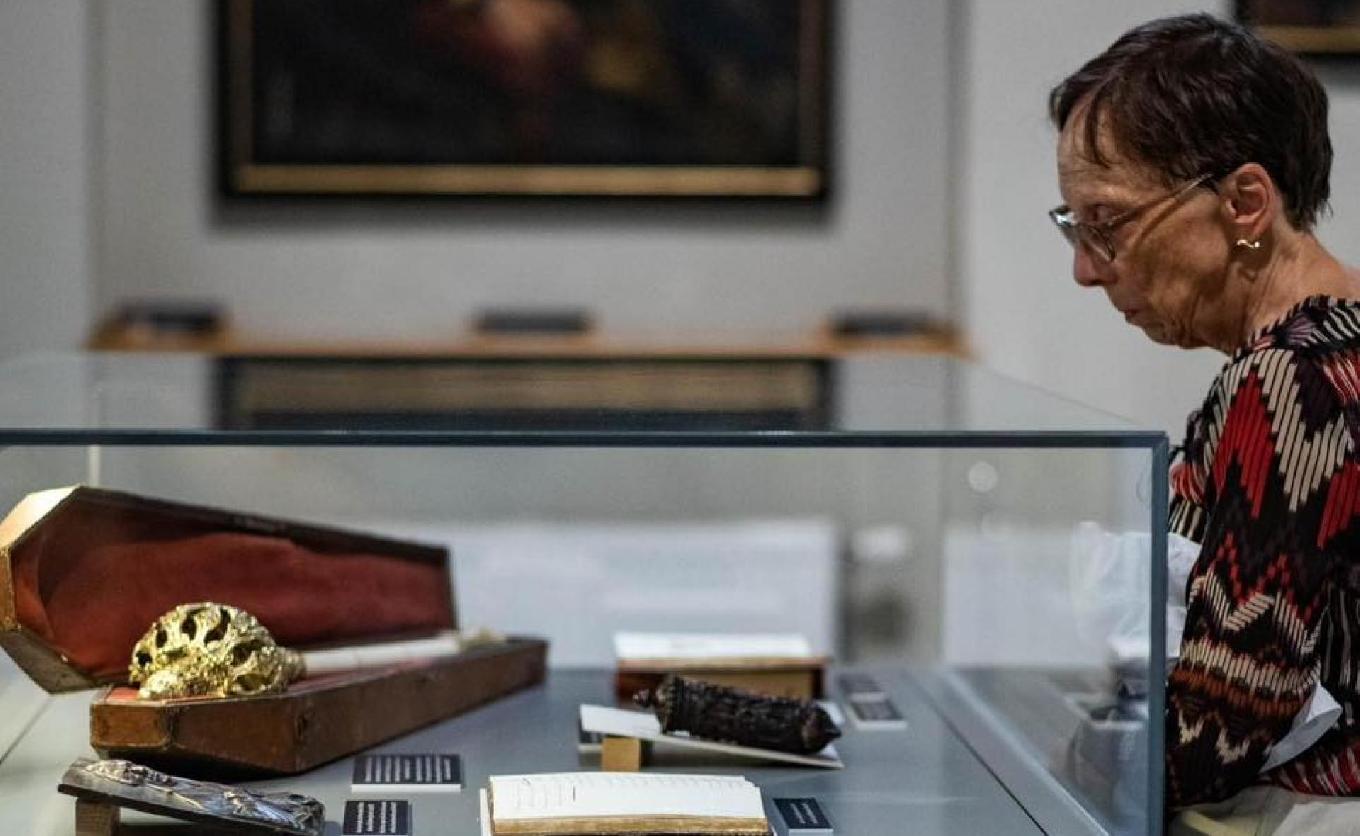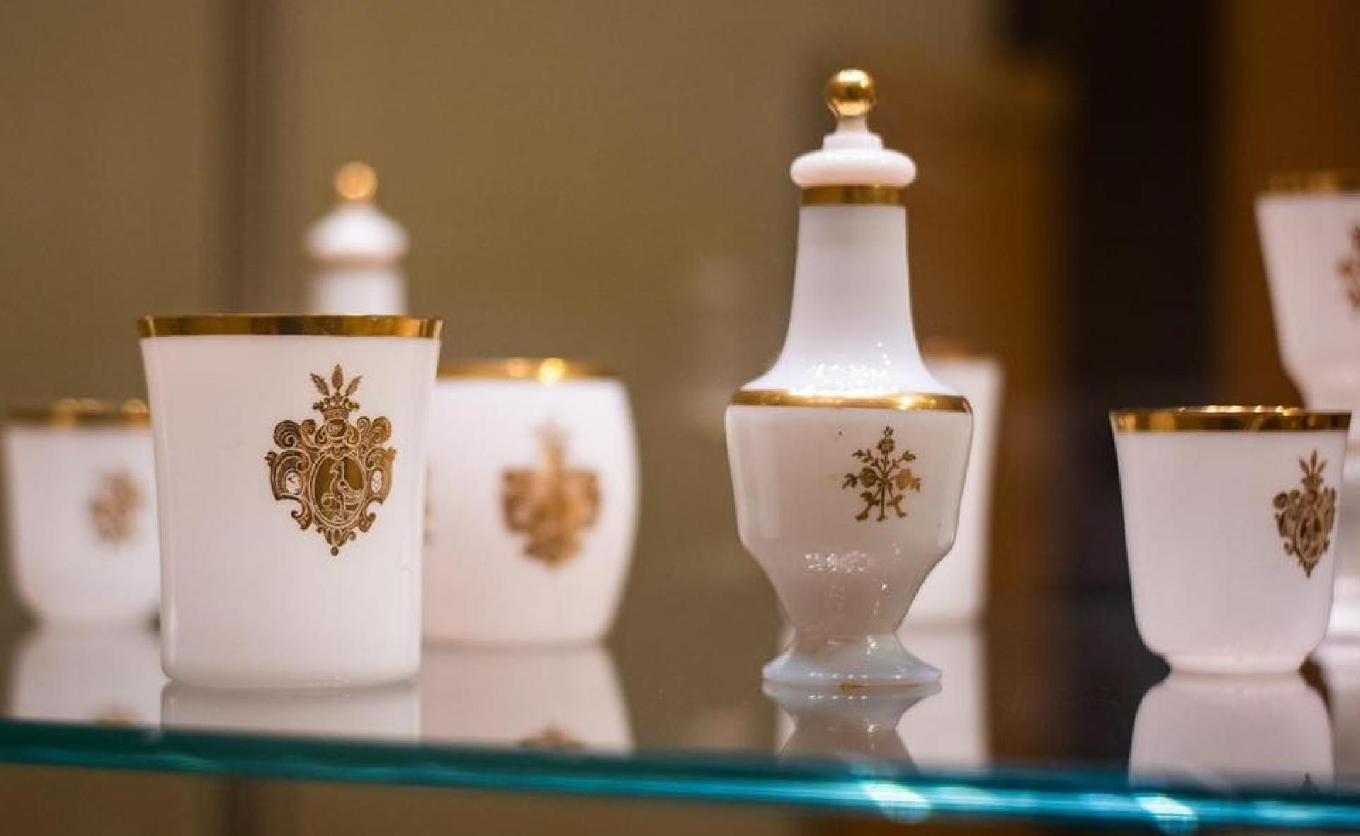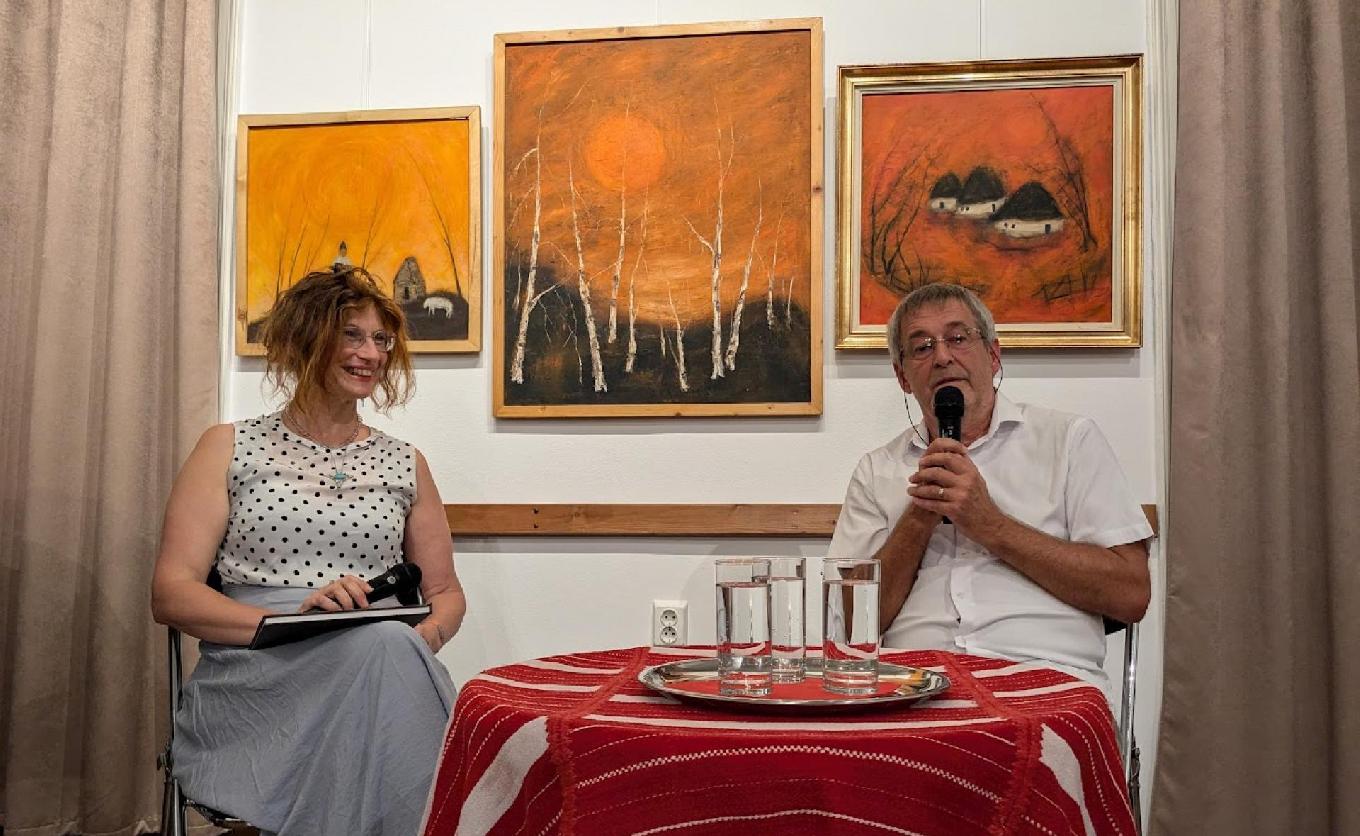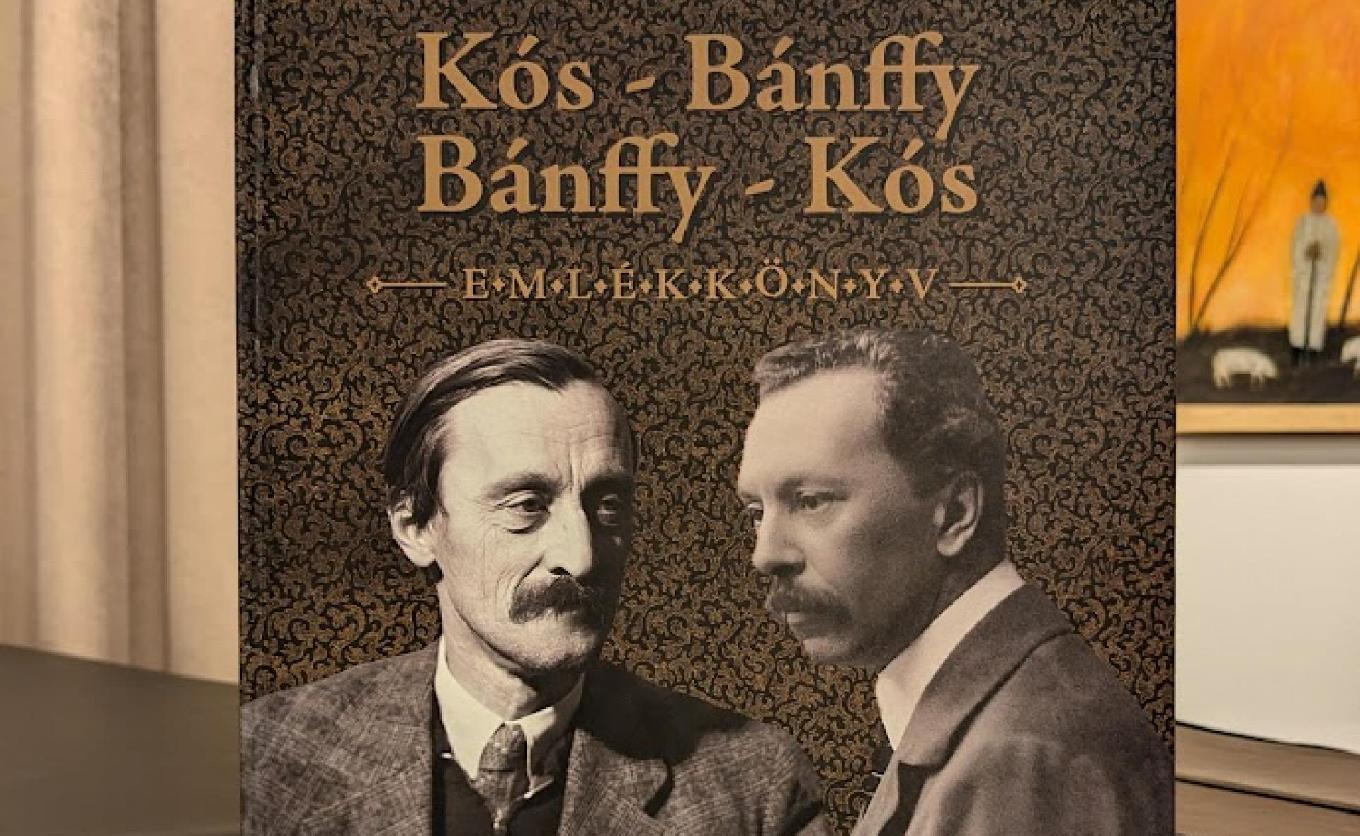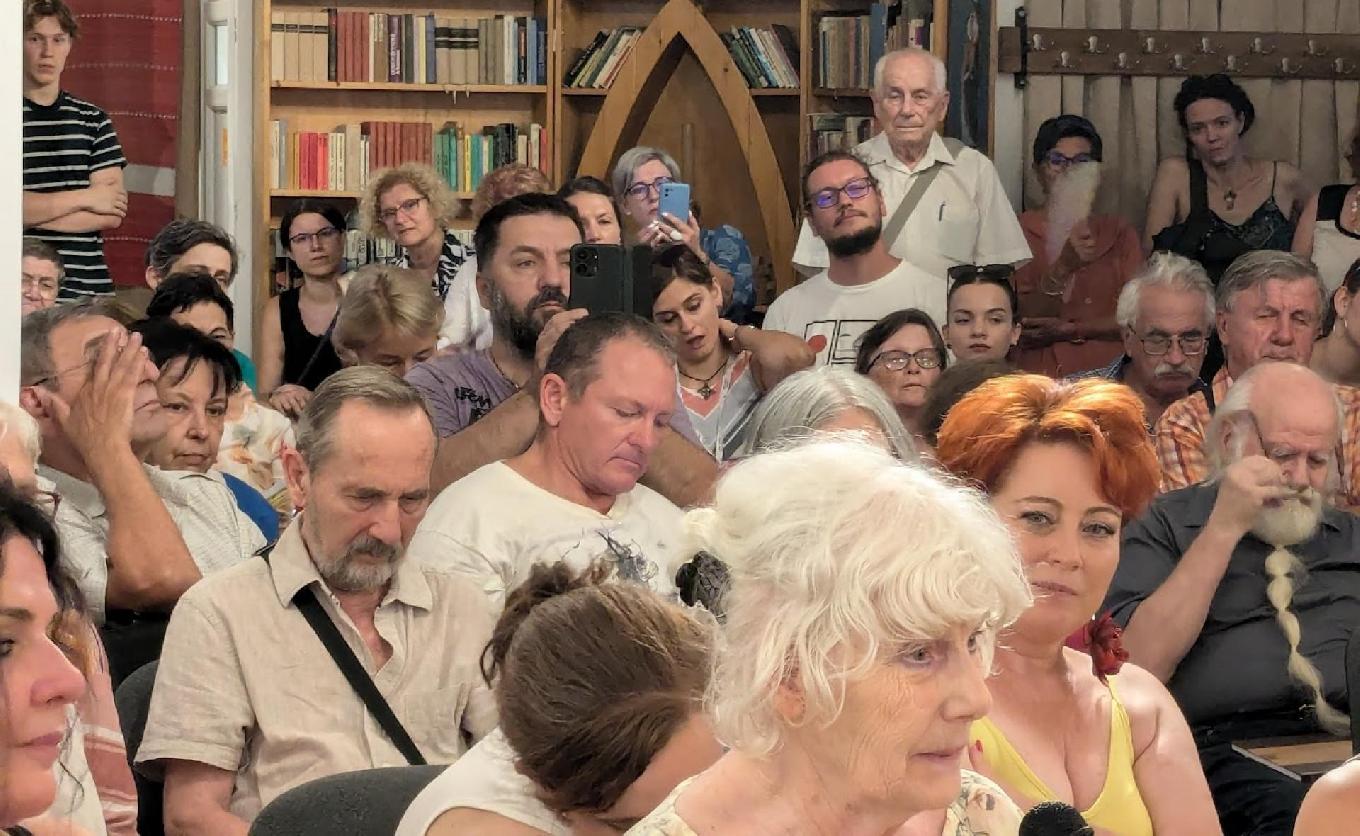Two major exhibitions were inaugurated during one of the largest Hungarian cultural festivals in the Carpathian Basin, the Kolozsvár Hungarian Days, organized by the Liszt Institute Sepsiszentgyörgy. A memorial exhibition and "The Artifacts of the Mikó Family from Veszprém to Cluj-Napoca (Kolozsvár)" were presented in honor of the 110th anniversary of the birth of artist András Kós. The ceremony also included the launch of a commemorative volume titled "Kós-Bánffy, Bánffy-Kós," published to mark the 150th anniversary of Miklós Bánffy's birth and the 140th anniversary of Károly Kós's birth.
A comprehensive retrospective exhibition of the works of András Kós, the son of the late Transylvanian sculptor, architect, and writer Károly Kós, was organized by his daughter, Katalin Kós, along with curators Ágota Portik Blénessy and Zsuzsanna Szebeni, at the National Museum of Cluj-Napoca. The exhibition not only features the well-known artistic portrait of András Kós but also delves into lesser-known aspects of his work. It includes artworks chosen by the artist and donated to the Reformed Church on Farkas Street, as well as objects and archival photographs displayed for the first time. Donations from family members and private individuals further enrich the collection, allowing for a more comprehensive showcase of the artist's career. The retrospective features approximately 100 original pieces, including 70 sculptures, 20 drawings, and 140 documents.
On the occasion of the exhibition's opening, the organizers published a trilingual catalog and launched the website www.kosandras.ro. In conjunction with the exhibition, the institute hosted a highly successful roundtable discussion about the artist's significance and the future of his legacy. The Hungarian Academy of Arts (MMA) was represented at the event by Gábor Richly, the Secretary General of the MMA, board member László Haris, and several other MMA members. The exhibition will be on display at the Bánffy Palace until September 8 before traveling to the Székely National Museum in Sepsiszentgyörgy on September 12. The Consul General of Csíkszereda, István Dolhai, will also be in attendance.
Another event organized by the Liszt Institute of Sepsiszentgyörgy was an exhibition of Mikó family antiquities, which opened at the Transylvanian Reformed Museum. This extraordinary collection and concept were created by Melinda Mitu, a museologist at the Cluj-Napoca National Museum. The exhibition was curated by Gréta Somogy of the Transylvanian Military History Institute and Museum, along with Zsuzsanna Szebeni, head of the Liszt Institute Sepsiszentgyörgy. This is the first time such an elaborate display, featuring notable collections from the Lackó Dezső Museum in Veszprém and the Cluj-Napoca National Museum, has been presented in Transylvania. The exhibition was made possible thanks to the exceptional research and dedication of museologist Mária Tevesz. Réka Brendus, Head of the Transylvanian Affairs Department in the Prime Minister's Office, officially opened the exhibition on August 19 and presented a detailed examination of Count Mikó Imre's significant contributions to Transylvania's cultural development. The exhibition will remain open to the public until 21 September.
During the Kolozsvár Hungarian Days, Zsuzsanna Szebeni, Director of the Liszt Institute Sepsiszentgyörgy and editor of the volume, and Gy. Dávid Gyula, architect and contributor to the volume, presented the commemorative book "Kós-Bánffy, Bánffy-Kós," which commemorates the 150th anniversary of Miklós Bánffy's birth and the 140th anniversary of Károly Kós's birth. Katalin Kós, Károly's granddaughter and Director of the Györkös Mányi Albert Memorial House, provided the introductory remarks. The volume highlights the contributions of two major figures in Transylvanian civic and cultural life, with Szebeni mentioning their theatrical endeavors.
The Liszt Institute Sepsiszentgyörgy had a successful debut at the Kolozsvár Hungarian Days.

